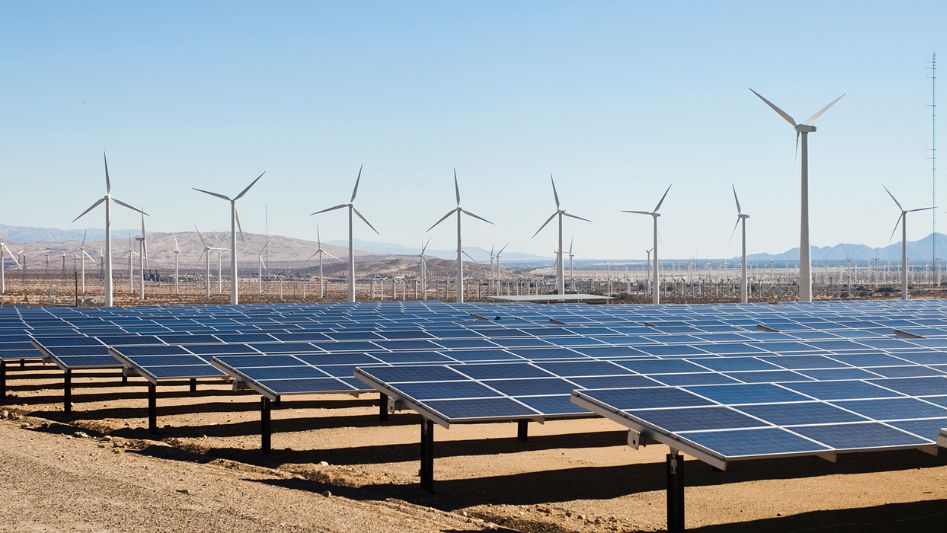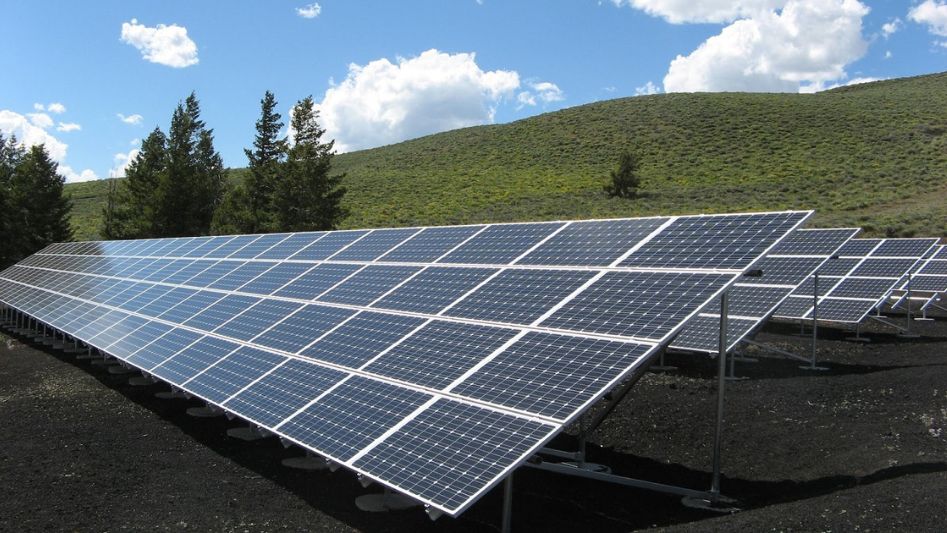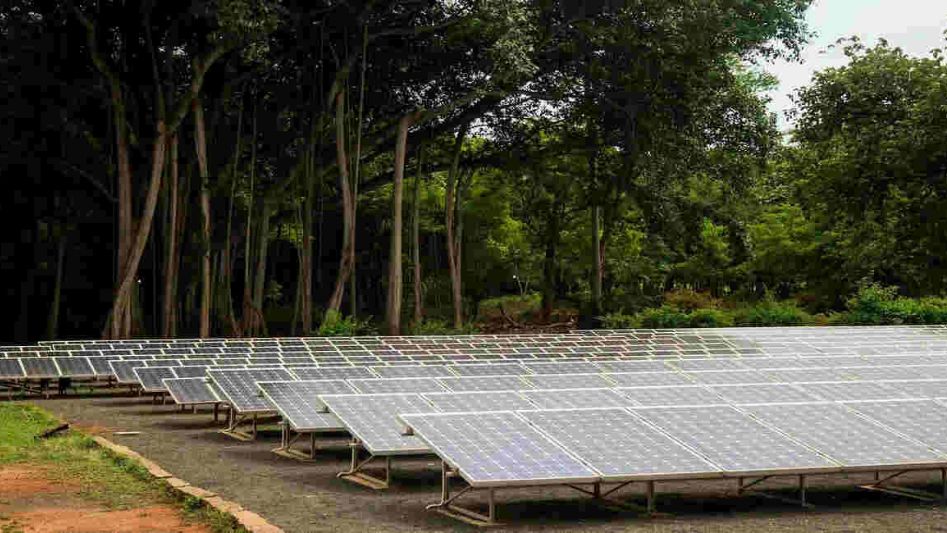In recent years, solar energy has emerged as a beacon of hope for developing countries struggling with energy access and sustainability challenges. As the world grapples with climate change and the need to transition to cleaner energy sources, solar power offers a promising solution that not only reduces greenhouse gas emissions but also empowers communities in the process. This article explores the transformative potential of solar energy in developing countries, highlighting how it is empowering communities on multiple fronts.
Table of Contents

The Energy Access Challenge
Access to reliable and affordable energy is a fundamental driver of economic development and social progress. Yet, millions of people in developing countries still lack access to electricity. This energy poverty has profound implications for education, healthcare, economic opportunities, and overall quality of life. In many regions, the traditional energy sources available, such as kerosene lamps and diesel generators, are not only expensive but also harmful to the environment and human health.
Solar Energy: A Game Changer
Solar energy has emerged as a game-changing solution to the energy access challenge in developing countries. Here’s how it is making a difference:
1. Clean and Renewable
Solar energy is clean and renewable, meaning it produces no harmful emissions and does not deplete finite resources. This makes it an environmentally friendly option that mitigates the negative impacts of traditional energy sources on air quality and the climate.
2. Affordable and Scalable
The cost of solar panels and associated technologies has plummeted in recent years, making solar energy increasingly affordable. Additionally, solar projects can be scaled up or down to meet the specific needs of communities, from small off-grid systems for rural villages to larger installations for urban areas.
3. Energy Independence
Solar energy provides communities with a degree of energy independence. They are no longer reliant on centralized power grids that may be unreliable or non-existent in remote areas. Solar installations can function as decentralized microgrids, ensuring a consistent energy supply.
4. Job Creation
The installation, maintenance, and operation of solar energy systems create jobs in local communities. This stimulates economic growth and empowers individuals with new skills and income opportunities.
5. Improved Health and Education
Solar energy enables access to clean and reliable electricity, which has a direct impact on healthcare and education. Hospitals can operate medical equipment, and students can study after dark with the help of electric lights, improving both health outcomes and educational achievements.
Success Stories
Several developing countries have already embraced solar energy as a means of community empowerment. Let’s look at some inspiring success stories:
1. India
India’s ambitious solar energy initiatives, such as the “Solar India” program, have brought electricity to thousands of remote villages. By harnessing the power of the sun, India has improved living standards, increased economic opportunities, and reduced carbon emissions.

2. Kenya
Kenya’s “Last Mile Connectivity Project” focuses on providing solar power to off-grid areas. Through partnerships with local communities, this initiative has not only electrified homes but also created local jobs and entrepreneurial opportunities in the solar industry.
3. Rwanda
Rwanda’s “Scaling Up Renewable Energy Program” has successfully integrated solar energy into its national grid. This has not only improved access to electricity but also reduced the country’s dependence on fossil fuels, contributing to a greener future.
Challenges and the Way Forward
While solar energy holds immense promise for empowering communities in developing countries, there are challenges to overcome:
1. Intermittency
Solar power generation is dependent on sunlight, making it intermittent. To address this, energy storage solutions such as batteries need to be integrated into solar installations to ensure a continuous power supply.
2. Financing
Access to affordable financing is crucial for the widespread adoption of solar energy. Governments, international organizations, and financial institutions must collaborate to make financing available to local communities and businesses.
3. Capacity Building
Communities need the knowledge and skills to maintain and repair solar installations. Capacity-building programs should be implemented to empower individuals and communities to take ownership of their energy systems.

Conclusion
Solar energy is a beacon of hope for developing countries, offering a path to energy access, economic empowerment, and environmental sustainability. With the right investments, policies, and community involvement, solar power can continue to light up the lives of millions and drive positive change in the world’s most vulnerable regions. By harnessing the power of the sun, we can truly empower communities to thrive in the 21st century.
FAQs
How does solar energy benefit developing countries?
Solar energy provides affordable, clean, and reliable electricity, empowering communities with improved living standards, economic opportunities, and reduced environmental impact.
Can solar energy work in areas with limited sunlight?
Yes, solar energy can still be harnessed in areas with limited sunlight. Advances in technology and energy storage solutions have made it possible to generate and store power even on cloudy days.
Are there government incentives for adopting solar energy?
Many governments offer incentives such as tax credits, subsidies, and feed-in tariffs to encourage the adoption of solar energy. These incentives vary by country and region.
What are the challenges of solar energy adoption?
Intermittency and initial investment costs are common challenges. However, with advancements in storage technology and decreasing equipment costs, solar energy is becoming increasingly viable.
You May Also Like
- THE FUTURE IS BRIGHT: SOLAR POWER INNOVATIONS TO WATCH
- THE IMPACT OF CLIMATE CHANGE ON GLOBAL ECONOMY
- THE GREEN REVOLUTION: HOW TECH IS DRIVING SUSTAINABILITY
- CLEAN, GREEN, AND EFFICIENT: THE ADVANTAGES OF GREEN ENERGY
- SERBIA TAKES A GREEN LEAP: INTRODUCING THE LOW CARBON DEVELOPMENT STRATEGY
External Links
- Solar Energy for All Empowering Communities in Developing Countries
- Solar Energy for Developing Countries: Empowering Communities
- Empowering Rural Communities in Pakistan: The Significance of Solar Energy in Bridging the Energy Gap
- Solar Power: Empowering Economies and Communities in Developing Countries
- Solar Energy in Developing Countries Empowering Communities, Driving Progress
